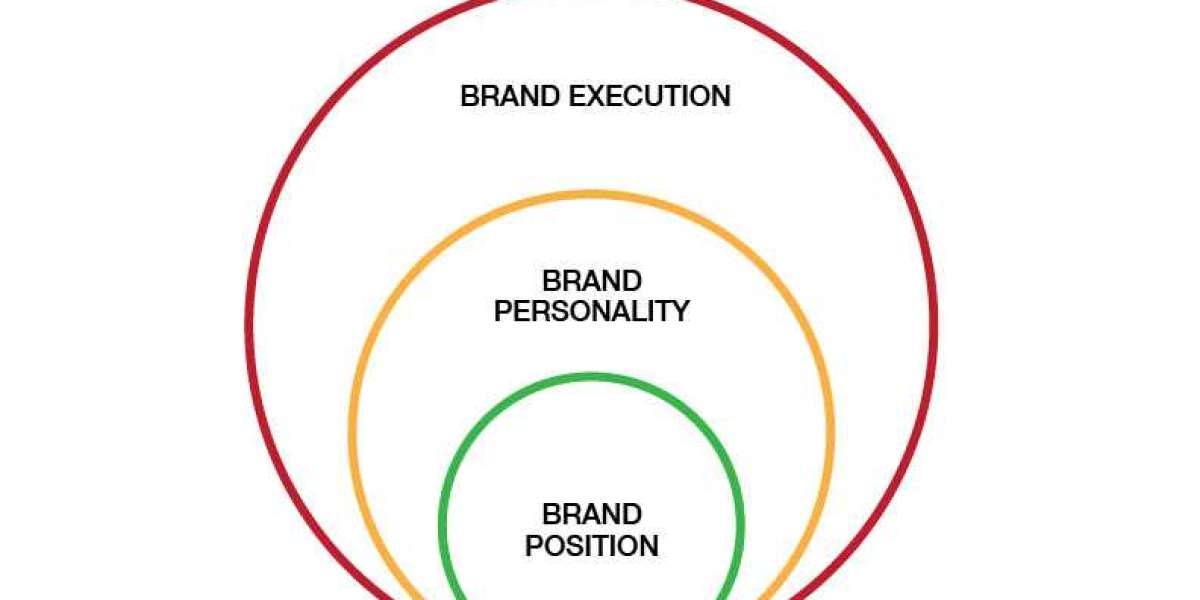1. Machine Learning Integration: The integration of machine learning algorithms with IoT systems is on the horizon. This will enhance predictive accuracy by allowing systems to adapt and improve their iot based predictive maintenance based on historical data.
2. Edge Computing: Edge computing is gaining traction, particularly in industries where real-time decision-making is critical. By processing data closer to the source, edge computing reduces latency and enables faster responses to potential equipment issues.
3. Predictive Maintenance as a Service (PMaaS): Some organizations are exploring the concept of offering predictive maintenance solutions as a service. This model allows smaller businesses to access the benefits of IoT-based predictive maintenance without significant upfront investments.
4. Blockchain Integration: Blockchain technology is being explored to enhance the security and transparency of data collected by IoT sensors. This could be particularly beneficial in sectors where data integrity is paramount.
5. AI-Powered Predictions: Artificial intelligence (AI) is being harnessed to make predictions even more accurate. AI can process vast datasets and identify subtle patterns that might go unnoticed by traditional algorithms.
Overcoming Challenges
While the potential benefits of IoT-based predictive maintenance are substantial, there are challenges to be addressed:



